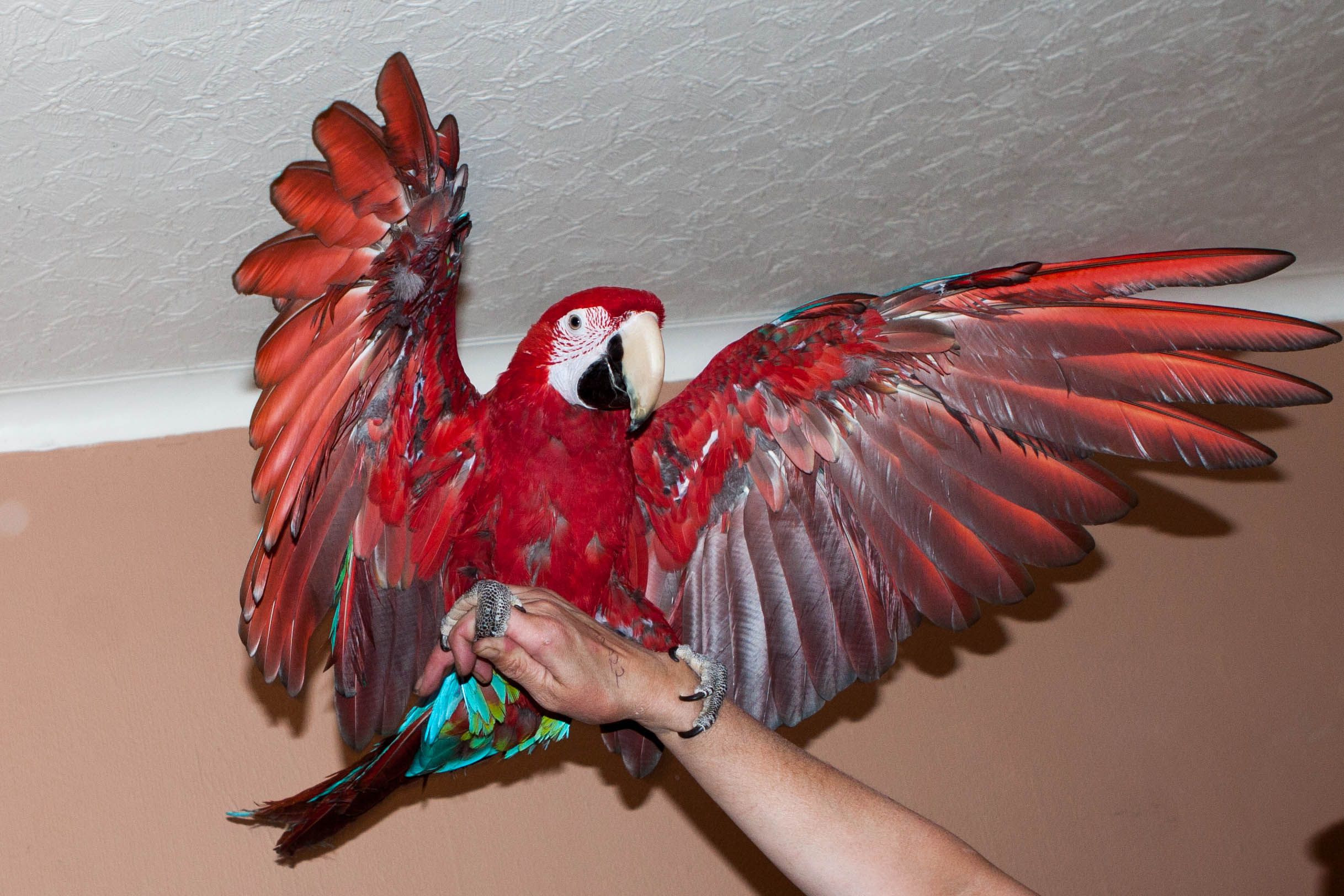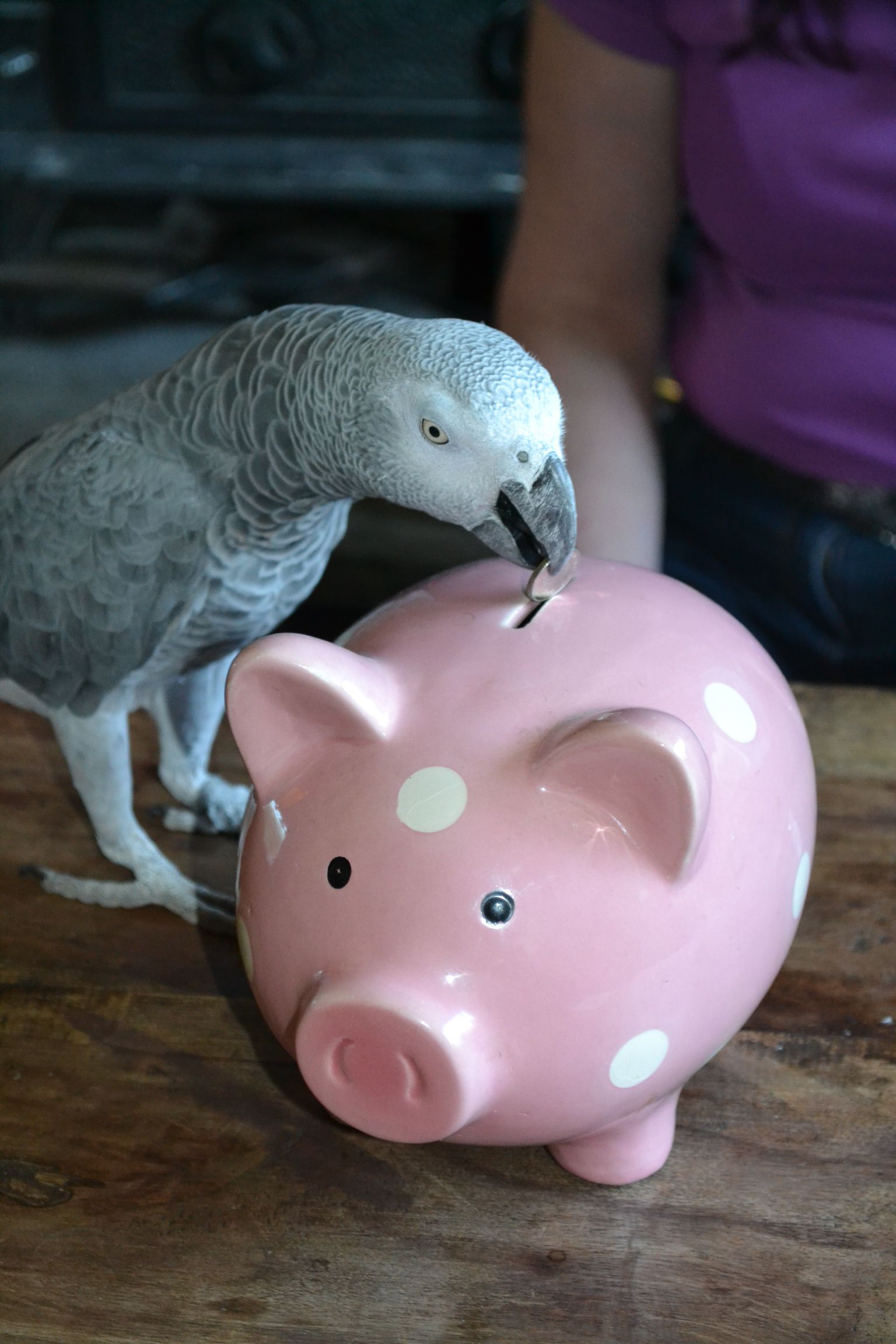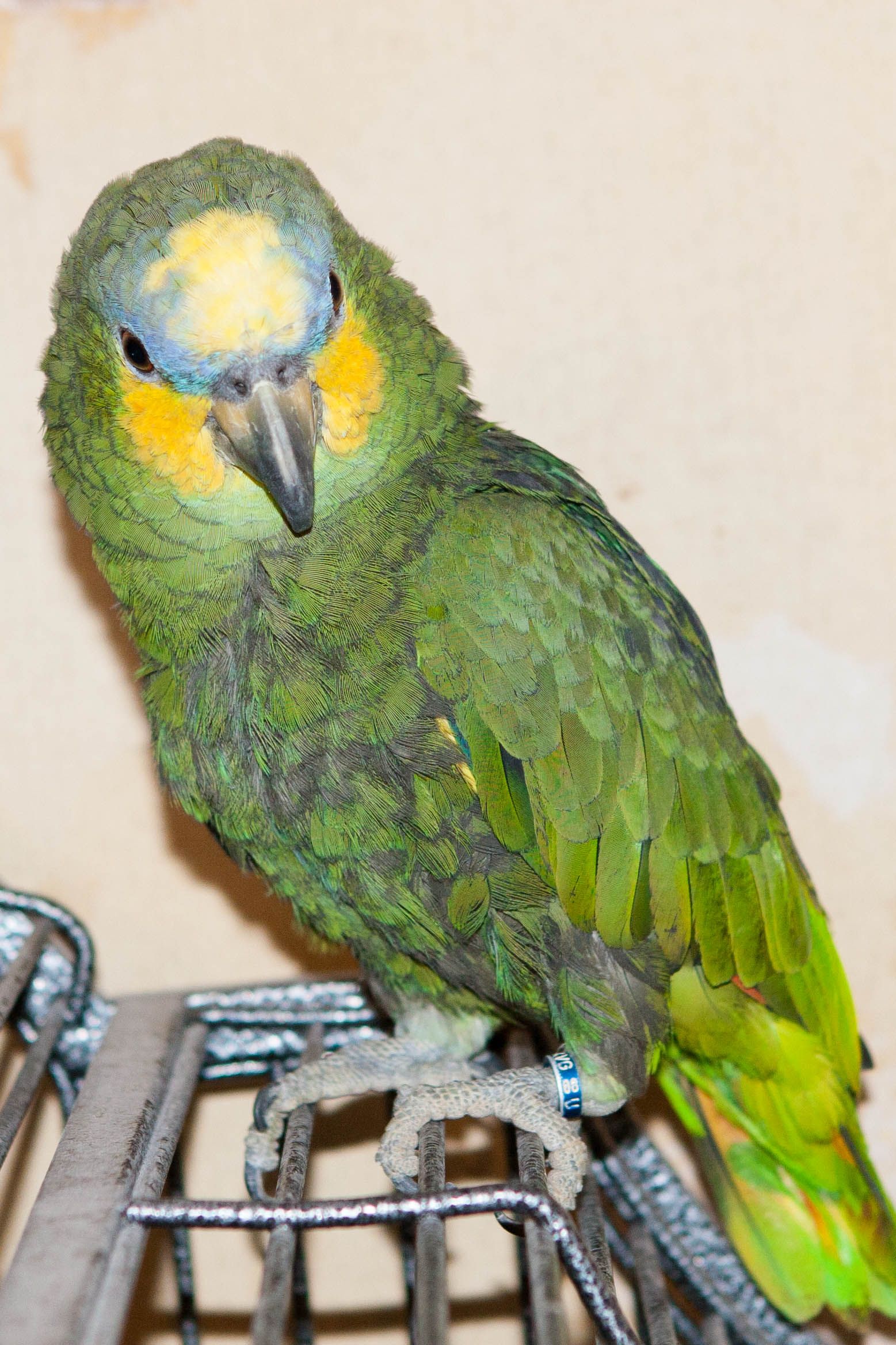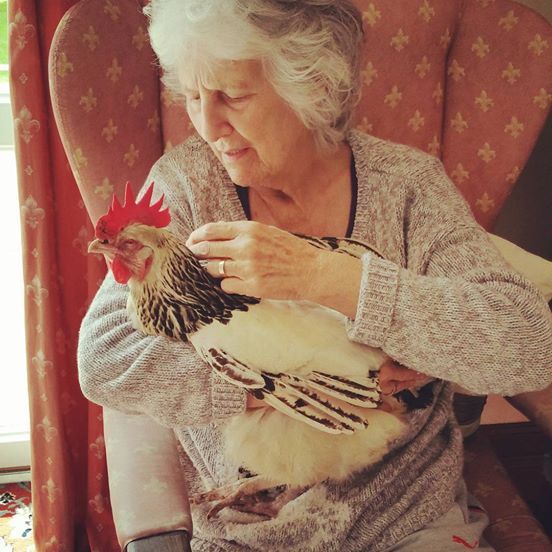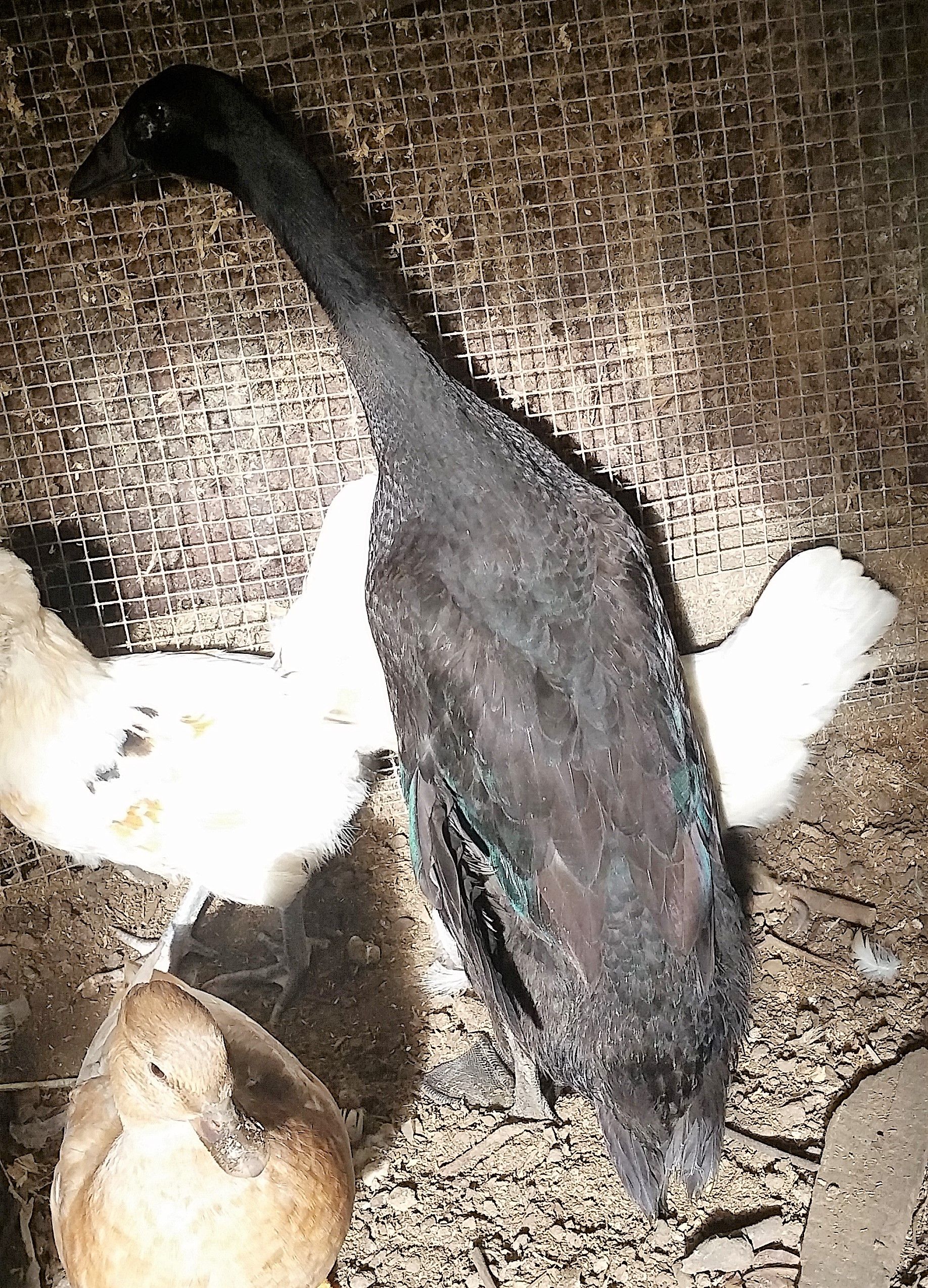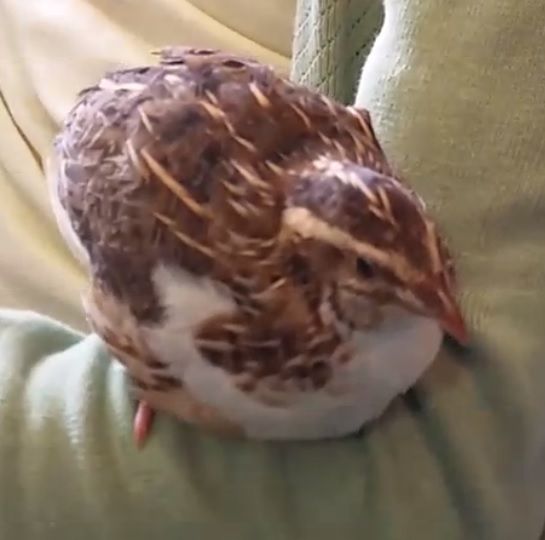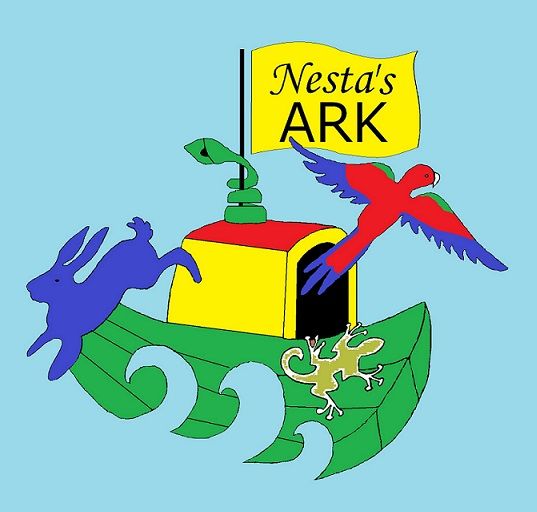Bob the Green Winged Macaw
Ara chloropterus
Where I live
I live in the northern half of South America, but no in the eastern area. I can be found as far south as Paraguay,
We are extinct in Argentina and south-eastern Brazil, due to deforestation and destruction of river banks.
Lifespan and Size
I live 60 to 65 years (people believe we live a lot longer).
As the second biggest macaw I grow to almost a metre long from my beak to my tail. As an adult I weigh 1.2-1.4kilos.
What I eat
I am a herbivore , eating nuts, fruit, berries, seeds and some vegetable matter foraged from trees. In the wild I can eat some poisonous fruits as the river clay appears to neutralize the toxins.
